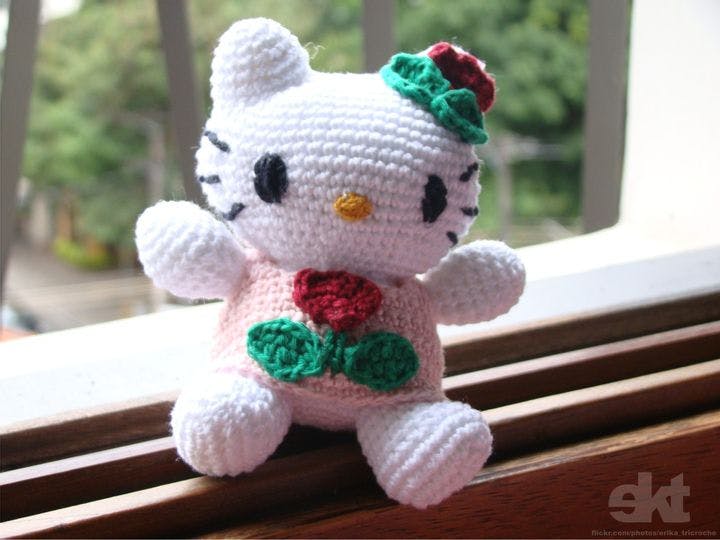Winter 2010
Land of the Rising Fun
– The Wilson Quarterly
The rage for cute stretches from the teenage haunts of the world's shopping malls to the catwalks of haute couture.
In the era of globalization, the land of the samurai and the salary-man has acquired a strange new identity. Japan now shows itself to the world as a country of “pink-clad girls, animated fantasies, and winking Kitty logos,” writes Christine R. Yano, a professor of anthropology at the University of Hawaii.
Kawaii, or “Japanese cute,” has become a global phenomenon. The rage for cute stretches from the prepubescent haunts of the world’s shopping malls to the catwalks of haute couture. At New York City’s Fashion Week last year, one show featured the work of 30 cutting-edge designers inspired by Hello Kitty, the iconic mouth-less cartoon kitten that engendered Japanese cute. In Times Square, shoppers flocked to a newly opened Sanrio Luxe boutique peddling diamond-encrusted Hello Kitty watches and fine luggage.
Sanrio is the company that launched Hello Kitty and the whole cute phenomenon in the 1970s. Founder Tsuji Shinitarou saw the cartoon figure as “the Japanese cat that would overtake the American mouse,” according to Yano. He is the de facto father of “pink globalization.”
Japan’s government has actively promoted the cute image, twice issuing Hello Kitty postage stamps and appointing three models to serve as kawaii taishi, or ambassadors of cute, playing the roles of Lolita, who appears in sexualized doll clothing; Harajuku, a symbol of Japanese youth; and a schoolgirl in uniform. In 2008, the Ministry of Foreign Affairs appointed the brightly hued Doraemon, a robotic cat, to be a “cartoon cultural ambassador.”
Yano sees the phenomenon as one part commercial exploitation and one part, well, something else. A clue as to what’s really going on may lie in the career of artist Takashi Murakami, an Andy Warhol–like figure who has played a big role in taking cute global. In 2005 he curated an exhibit in New York titled “Little Boy: The Arts of Japan’s Exploding Subculture.” “Little Boy” was a reference to the atomic bomb the United States dropped on Hiroshima in 1945, but it also “highlights what [Murakami] believes Japan has become in relation to the United States” since World War II—“a forever-emasculated ‘little boy.’” Cute is a symptom of Japan’s infantilization, but as an “exploding subculture” it is also an assertion of Japanese soft power throughout the world, albeit an ironic one.
Yet some Japanese don’t think their country looks pretty in pink. A few years ago the editors of The Japan Times wrote, “Japan has exported hundreds of things and ideas—from haiku to Hondas, swordsmanship to sashimi—of which it can be proud. Hello Kitty... is another story.” They titled the essay, “Time for Goodbye Kitty?”
* * *
The Source: "Wink on Pink: Interpreting Japanese Cute as It Grabs the Global Headlines" by Christine R. Yano, in The Journal of Asian Studies, August 2009.
Photo courtesy of Flickr/erika k
